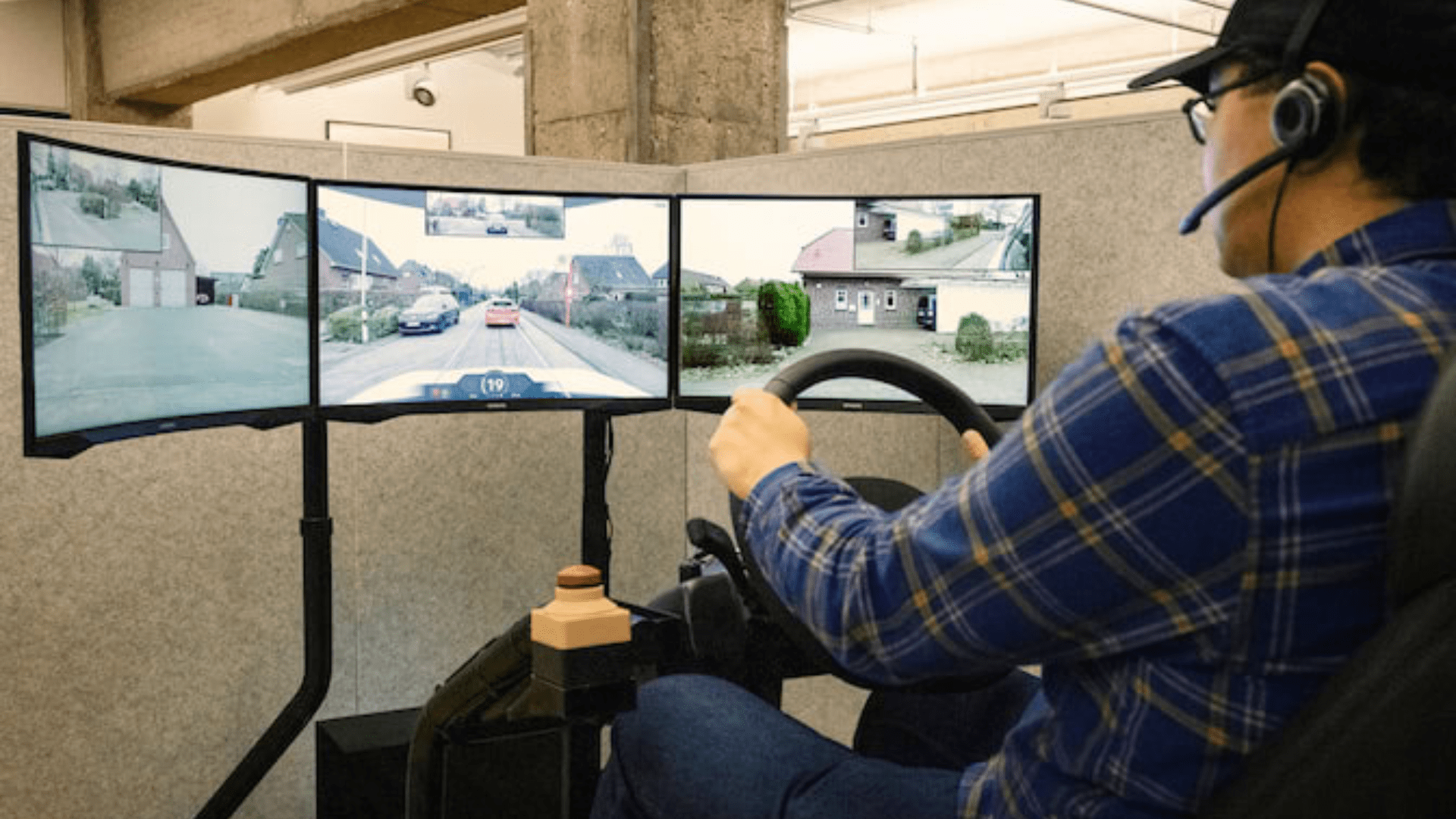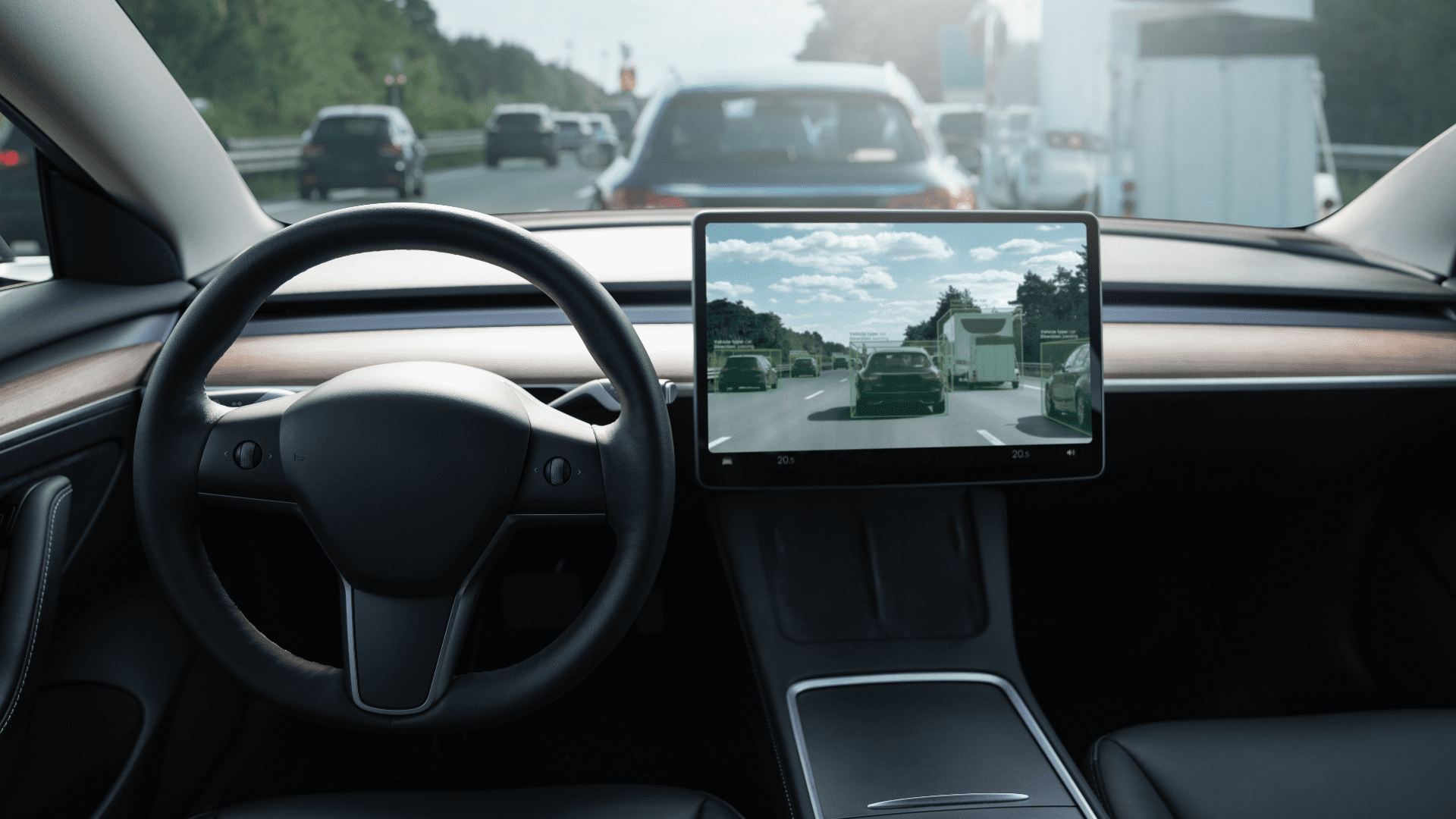Driverless vehicles are becoming more popular, but the general public may not accept the concept. The same goes for ride-hailing vehicles that match a driver and passenger through an app. However, a new concept may be the best of both worlds. A new study from a University of Michigan researcher looks at the benefits of teledriving.
What is Teledriving?

Simply put, teledriving is when a car is operated by a remote driver. Instead of a person in the driver’s seat, the driver operates the car behind computer screens. Video is fed from cameras on the car to the bank of screens. In addition, the operation includes sensors and augmented reality. Once a teledriver picks up a passenger, transports them, and drops them off, they can disconnect from that vehicle and switch to another. This allows drivers to connect to cars in areas that need them.
According to UM researchers, one of the main advantages of teledriving is drivers don’t need to be where the vehicle is. For example, driving from low-demand areas to high-demand areas without a rider. This eliminates what ride-hailing services call the “wild goose chase” scenario. Sometimes, vehicle supply is low, and drivers are dispatched to customers from far away. Saif Benjaafar is the study’s lead researcher and professor at the University of Michigan. He also specializes in supply chains and logistics. “Teledriving allows you to get away with far fewer drivers than vehicles without impacting the quality of service because you can still leverage the excess vehicles to get quickly to customers—a reduction of 30% to 40% in some of the test cases we considered,” said Benjaafar.
“There’s an opportunity to significantly increase how busy the drivers are. One of the challenges for ride services has always been having drivers who are sitting idle. Quite a bit of that inefficiency can be eliminated.”
Explore Tomorrow's World from your inbox
Get the latest science, technology, and sustainability content delivered to your inbox.
I understand that by providing my email address, I agree to receive emails from Tomorrow's World Today. I understand that I may opt out of receiving such communications at any time.
Teledriving Safety

The team of researchers says they are optimistic that separating the drivers and passengers improves their safety. In addition, the drivers benefit from this system because it shifts vehicle ownership and the cost and risk that it entails onto the rideshare company. However, there is still the risk of reckless driving, especially in a setting that feels like a video game.
Researchers used computer modeling to show that more available vehicles than drivers shorten the wait time during periods of high demand. The computer modeling factors are supply, demand, and road congestion over both time and space. One could only assume this is because it reduces the wild goose chase scenario.
While Benjaafar emphasizes the benefits of teledriving, the efforts have stalled for various reasons. Safety remains the biggest concern. There is also a regular stream of news headlines highlighting car crashes involving a self-driving car.
“Full autonomy may take longer to become a reality,” Benjaafar said. “In the meantime, there are these technologies that can serve as a bridge toward full autonomy, including putting the human driver back into the loop.”


